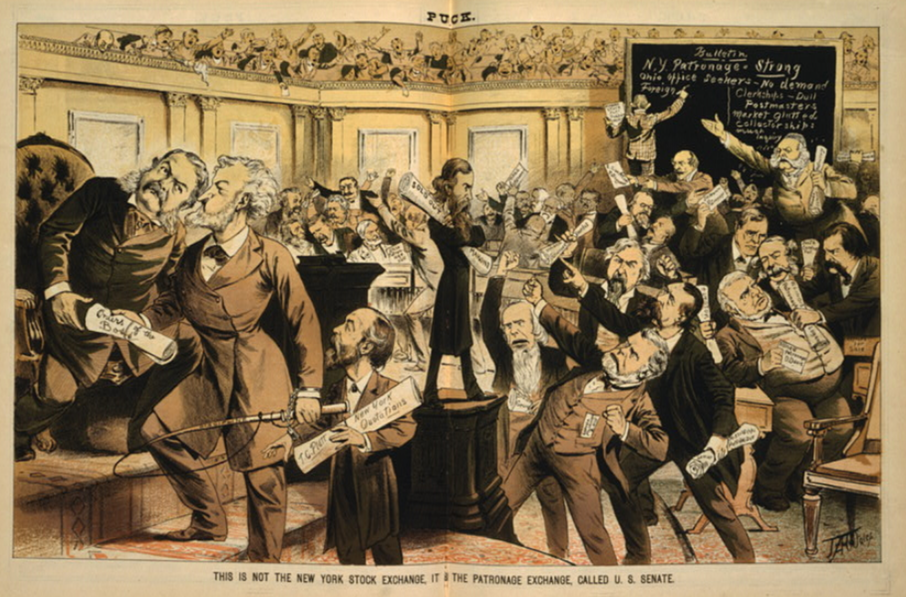I applied to the Ph.D. History program at Liberty University and was accepted. I received the welcome letter by post yesterday so it is official, I start the doctoral program in January. I am waiting for a grade from the historical filmmaking class to be posted, hopfully over the weekend, to close out the Spring semester. There are three classes left for my M.A. in Public History which I will take in the fall. Registration for the Fall semester opens in two weeks, once registered, I can submitt my application for graduation. My head has been burried in the books for so long it’s a little weird thinking I am a doctoral student with two master’s degrees, well, one and almost a second. It feels like I was just finishing my bachelor’s last term. Three and a half more years if all goes acording to plan, I am looking forward to it though.
My area of interest is the Industrial Revolution, as has been clearly stated in every post so far, and while the IR is a large topic, my specific interests in it are somewhat narrow, but they cover expansive territory within the topic and field. It sounds and is contradictory, which is part of my delema. There are some subdivisions in the field that I find interesting and more narrow, The Gilded Age and Progressive Era (GAPE). These areas wholly overlap the time period of the IR but they carry different connotations and focus leaning more into the social and political than the technical that is generally associated with the IR. There is also a stronger tie to the litterature of the period due to the growth of social justice movements which are represented in the period literature. Thus far I have found two associations with academic journals in my specific areas of interest, the Society for Industrial Archeology [sic.] and the Society for Historians of the Gilded Age and Progressive Era. The first issue of The Journal of the Gilded Age and Progressive Era arrived a couple of days ago and I am looking forward to reading it this week. Already I have some ideas that center around the saterical social commentary illustrations of the period. I am hoping to make some connections and find inspiration for my dissertation in the one of these journals, or one of the other primary history journals as I get closer to that phase.


